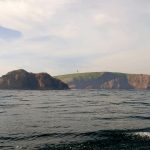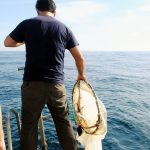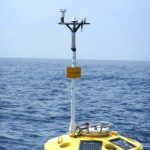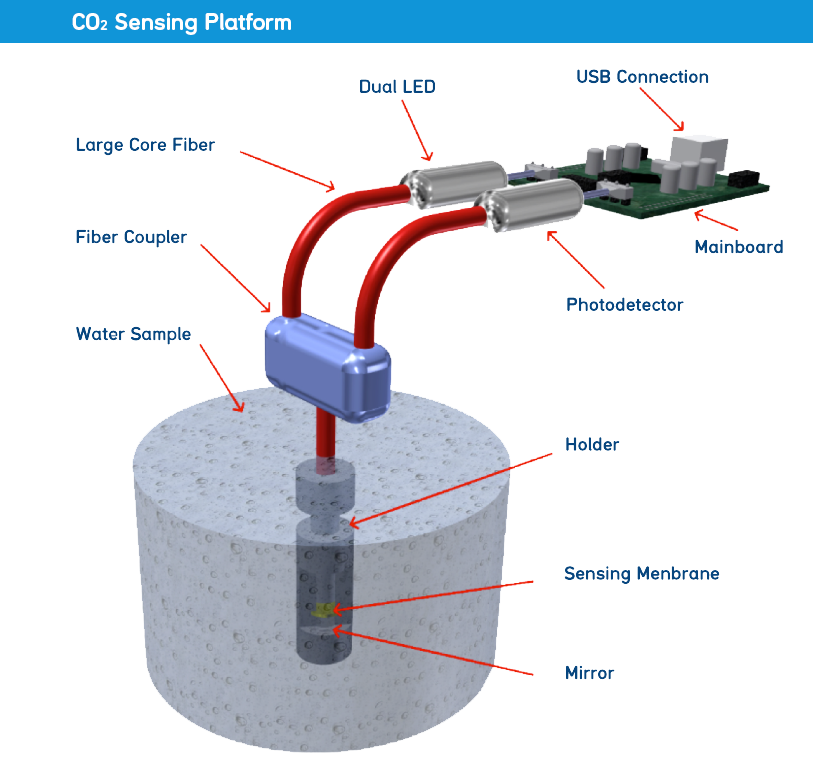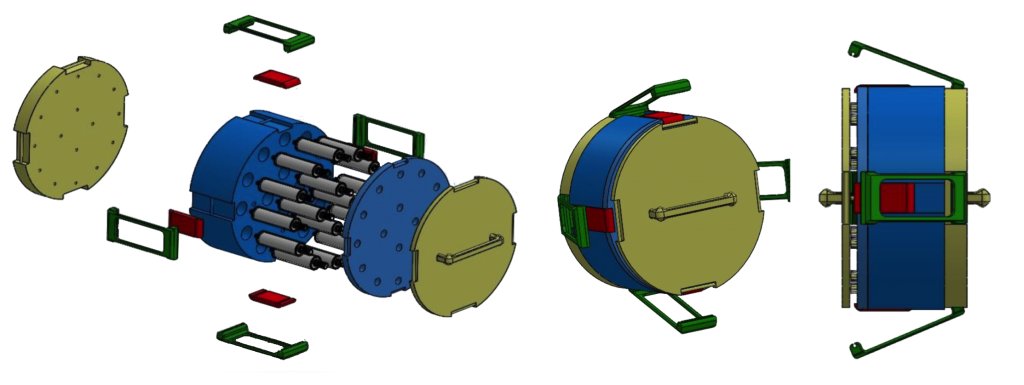In this work-package we intend to determine the operational conditions that will define the different modular components of the multitrophic system in order to integrate adequate sensors to meet the needed requirements in terms of robustness, sensitivity and autonomy for an efficient and accurate environmental monitoring in specific areas of higher importance to marine living resources.
Work Packages
MarinEye project is organized in seven work- packages (WPs) all supporting and complementing each other in an overarching holistic approach. In the first four WPs (Optical sensors [WP1], fraction filtration system [WP2], image system [WP3] and acoustics [WP4]) the individual components of the autonomous system are validated. [WP5] is dedicated to the integration of the separate components in a compact system. The data infrastructure and the software platform development were centralized in [WP6], which aims to integrate and analyze the disparate data generated by the autonomous system. [WP7] coordinates the project, the internal communication, and the dissemination of the activities and results obtained.
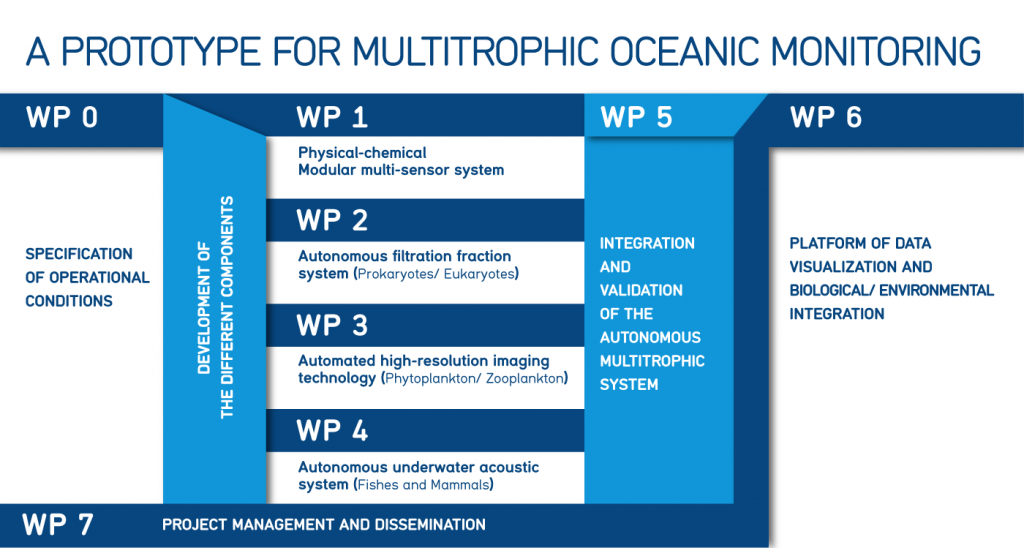
The goal of this WP is to design, develop and validate the physical-chemical data collection component of the autonomous multitrophic monitoring system.
After defining the specifications and selecting the most appropriate sensors already available to integrate the multitrophic prototype of the MarinEye, the novel optoelectronic sensor platform for chemical sensors will be adapted and validated, with dCO2 sensing layers envisaging further development of this expandable technology for multiparametric chemical sensing.
In this work-package we aim to develop and validate the component for autonomous filtration able to collect/concentrate planktonic samples of different size fractions (higher than 0.8 μm, covering all unicellular Eukaryotes and higher than 0.2 μm, covering prokaryotes) and store them in an adequate preservative solution that allow long-term storage for genomic (DNA and RNA) analysis at a home laboratory.
In order to assess the pelagic planktonic biodiversity an imaging in situ system will be developed. The high resolution imaging system will have the capacity to detect plankton across a wide range of size scales (with detection starting at 20 μm size) and their utility is not restricted to quantify highly abundant plankton, but also macrozoo- and rarer larger ichthyoplankton, by their ability to sample large volumes of water.
The aim of this work-package is the implementation of an underwater acoustic system that can be integrated in the autonomous multitrophic prototype, in order to target the higher levels of the trophic chain, namely fishes and mammals.
The aim of this work-package is the integration of the developed components, previously detailed in WP1-4, in an autonomous multitrophic robotic platform. The optical sensors [WP1], fraction filtration system [WP2], image system [WP3] and acoustic [WP4] of the autonomous system are assembled, as payload, in the mechanic platform together with a low-power embedded control system. The system will be responsible for coordinating and store events that could be catched by regular or episodic events (forthcoming fishes and mammals) in marine and coastal waters.
MarinEye prototype
The goal of this work package is to create a centralized data infra-structure and develop a set of software tools that help in analyzing the large set and disparate data (physical, chemical, biological) that will be collected by the multitrophic prototype. These software tools will uncover unsuspected and useful patterns that may exist on the physico-chemical and biological data sets generated by the multitrophic system.

